Share This
Condiments are tricky. Their strong and startling tastes can be very sharp, very sweet, very tart, and even very bitter. Maybe this is why even a small amount can make such a big difference in the flavor of a dish.
They’re a bit like a fun house at the carnival—kind of simple and tame at the beginning, but (as we anticipate) becoming exotic as we plunge into it more deeply. But we don’t turn back. Condiments can make a dish.
What is a condiment? Here’s a good basic definition of condiments from the The Food Lover’s Companion: “A savory, piquant, spicy or salty accompaniment to food such as a relish, sauce, mixture of spices, etc. Ketchup and mustard are two of the most popular condiments.” Condiments are generally viewed as something we add to food to flavor it, or to brighten its tastes.
Ketchup is not what we’d call Mediterranean, so let’s explore some of the best condiments that flavor or brighten the Mediterranean cooking.
Vinegars. Vinegar is a fermented liquid, and as described in the 1997 version of The Joy of Cooking, vinegar is “the product of two stages of fermentation and can be made from any sugary liquid. In the first fermentation, sugar is converted to alcohol (grape juice becomes wine, for example). In the second fermentation, bacteria convert the alcohol to acetic acid (the wine becomes vinegar).” The word vinegar comes from the French, vin agre, or sour wine. Vinegars can be made from fruits and grains and have been used for thousands of years. Angela Clutton, author of The Vinegar Cupboard, reports that traces of it were found in Egyptian urns from around 3000 B.C.
Commonly, you will find vinegars made from white wine, red wine, champagne, apples and other fruits, rice and other grains. There are many vinegars from a variety of Mediterranean places that add a great amount of flavor to Mediterranean dishes, and are representative of the place, the agriculture of the region or country each hails from. Some vinegars are produced traditionally (such as traditional balsamic vinegar from Modena, Italy) while others have a boost from industrial methods that accelerate the process.
Aceto Balsamico Tradizionale is unlike any other vinegar. It is the real thing, a real condiment, made the same way it has always been made. One drop of it on a bite-size chunk of Parmigiano-Reggiano, for example transforms it into a unique sensory experience, and it does the same for a ripe strawberry. Real aceto balsamico does not obliterate the taste of the cheese or the strawberry, but in the sense of a true condiment, elevates them, taking them to a new level. It is syrupy, dense, lush, velvety. Authentic aceto balsamico is permitted to be made only in the area around Modena and Reggio Emilia in north central Italy, and it is made as it has been for hundreds of years, aged in a series of barrels made from different woods.
Balsamic Vinegar. There is, of course, an industrial version of aceto balsamico called balsamic vinegar. Bottles of it are sold in supermarkets for home use and sold to restaurants for use on tables and salad bars. Here is a summary of these other from our resource, The World of Balsamic.
Balsamic Vinegar IGP from Modena is the most common and well-known, and is a perfect condiment for salad or cooking. Look for the IGP logo (a circle of yellow and blue) on the label, which stands for “protected geographical indication,” and in this case, means the Balsamic was produced in Modena. The ingredients are wine vinegar, cooked grape must or juice (minimum 20%), and caramel, all mixed together, aged in oak barrels for a minimum of 2 months in the Modena and Reggio Emilia areas.
Another similar product is Balsamic Condiment, which is basically a compromise between the Balsamic IGP and theTraditional Balsamic Vinegar PDO—aceto balsamico tradizonale, and it’s getting more and more popular. This Balsamic is made with more cooked grape juice compared to the younger and more liquid Balsamic IGP. It’s aged a bit longer than Balsamic IGP, but never as long the Traditional Balsamic Vinegar PDO.
Balsamic glaze is the most industrial product of the group, and the least expensive. The difference? Although it’s made with the same ingredients as the Balsamic Vinegar IGP, thickeners are added to make it syrupy. In Italy, Balsamic Glaze is used for decoration on the plate. Of course, if you love it, use it!
Writing in Bon Appetit, Claire Saffritz calls Sherry Vinegar balsamic’s cooler cousin. As it’s known in Spain, Vinagre de Jerez is vinegar made from grapes grown in southern Andalusia, within the regions where sherry is produced, called Marco de Jerez. With its many sherry houses or bodegas such as Domecq and Gonzalez Byass, the city of Jerez de Frontera is known as the epicenter of sherry production. Sherry vinegar can be used as all other vinegars – on salads, vegetables, beans – but to us, Salmorejo or Gazpacho is not complete with the real Spanish deal, Vinagre de Jerez.
In French or Catalan, Aioli means garlic and oil, which are the main ingredients of aioli. Martha Rose Shulman, writing in the New York Times, calls aioli the quintessential Provençal condiment. Similar to mayonnaise, it is made by emulsifying (combining two liquids that do not usually mix together well – in this case oil and eggs) olive oil into crushed garlic, and then adding egg yolks, salt and perhaps lemon or mustard. Martha Rose’s and Melissa Clark’s recipes note that aioli can be made with a mortar and pestle or by using a blender. Aioli can be used in so many ways—on vegetables, in sandwiches, a dip, on seafood, chicken or hardboiled eggs.
Another French condiment—tapenade—is a mixture of capers, olives and anchovies. It is usually served with bread, but can be used with meat or vegetables, or as a pasta sauce. You can easily find tapenade in stores, but we love Ana Sortun’s recipe for tapenade, published in The Oldways Table.
Tahini is an Eastern Mediterranean or Middle Eastern condiment made from sesame seeds. It is easily found in grocery stores but can also be made from scratch. The Food Network writes that it is a cinch to make in a blender or food processor, first by toasting the sesame seeds and then processing them in a blender or food processor, adding oil to the sesame paste and finally, seasoning with salt. Whether you make it yourself or buy the excellent tahini available at the grocery store, there are many great ways to use tahini—making your own hummus or baba ganoush, turning the tahini into a sauce for vegetables, fish, or meat, creating salad dressings, or for baking cookies and other desserts and baked goods. If you’re interested in watching artisanal tahini production, please join us for Oldways Turkey Culinaria in March 2022.
Pomegranate molasses or pomegranate syrup is another important Middle Eastern condiment.
As described by Lebanese MFA member Al Wadi, pomegranate Molasses is a traditional Middle Eastern syrup made from the sugar found in the juice extracted from fresh pomegranates. Thick and syrupy in texture, Pomegranate Molasses provides a sharp, tangy flavor when added as an ingredient to dishes. It is used in many Eastern Mediterranean and Middle Eastern dishes, such as kisir or muhammara, and like many of the condiments already described, can be added to vegetable and meat dishes, or used in place of vinegar for a salad dressing.
Some people call Schug a sauce, others call it a condiment. Regardless, it is a spicy Yemenite addition to Middle Eastern dishes. There are two versions based on your choice of chiles – red and green. Jamie Geller says everyone has their favorite, and it can be made many different ways, but the basic components are always hot peppers, spices, and garlic.
Colatura di Alici is a fermented fish sauce, similar to southeast Asian fish sauce and also garum, a fermented fish sauce used in the cuisines of ancient Rome and Greece. In Italian, Colatura di Alici means anchovy drippings. It has only two ingredients, anchovies and salt, and is made by layering anchovies and salt in wooden barrels and letting them ferment. Like many condiments, it can be used to flavor vegetables, meat, salads, or it can be featured as a pasta condiment in Pasta con Colatura di Alici.
Gremolata, an Italian parsley condiment, is made with chopped parsley, garlic, and grated lemon zest. Substitutions and additions are possible—additional herbs, shallots or other citrus fruits. It is usually made by chopping the parsley and grating the garlic and lemon. It is terrific as an accompaniment to fish and meat.
Chermoula is a North African sauce, very similar to Gremolata. Perfect for vegetables and fish, it is a mixture of garlic cilantro parsley, salt, paprika, cumin, lemon juice and extra virgin olive oil. Nancy Harmon Jenkins’ version with salmon was the inspiration for the Spicy Salmon on Day 1 of Oldways Make Every Day Mediterranean, a 4-week menu plan.
Harissa is a classic fiery North African condiment. As Paula Wolfert wrote in Mediterranean Cooking, “In Tunisia, hot red peppers play a role in almost every dish, usually in the form of the famous harissa paste, a mixture of sun-dried peppers, pounded with spices and garlic and packed into jars under a coating of oil.” Her recipe includes dried mild and hot chilies, garlic, coriander seed, caraway seed, roasted bell pepper, sea salt and olive oil. She notes that “harissa can be served at the table as an accompaniment to meat or fish, to heighten the flavors of salads, or as an accompaniment to couscous.” Chef Marcus Samuelsson is a fan and in a 2017 Washington Post article, ‘With harissa paste in hand, you can spice things up 8 ways (at least),’ suggests using harissa in a variety of non-traditional ways: as a pasta sauce, to liven up mayonnaise, and in a vegetable galette, among others.
While not an exhaustive list of Mediterranean condiments, we hope these condiments inspire you to add extra flavor or brighten the tastes of your cooking. As Oldways founder K. Dun Gifford would say, “let your mind be bold!”
For more ideas, please try the recipes in the December 17th Fresh Friday, and Oldways recipe search page.
Want biweekly Med Diet information and recipes in your Inbox? Sign up for our Fresh Fridays newsletter by clicking the Subscribe button at the bottom of this page!
Join the Make Every Day Mediterranean Club Facebook group for additional information and support

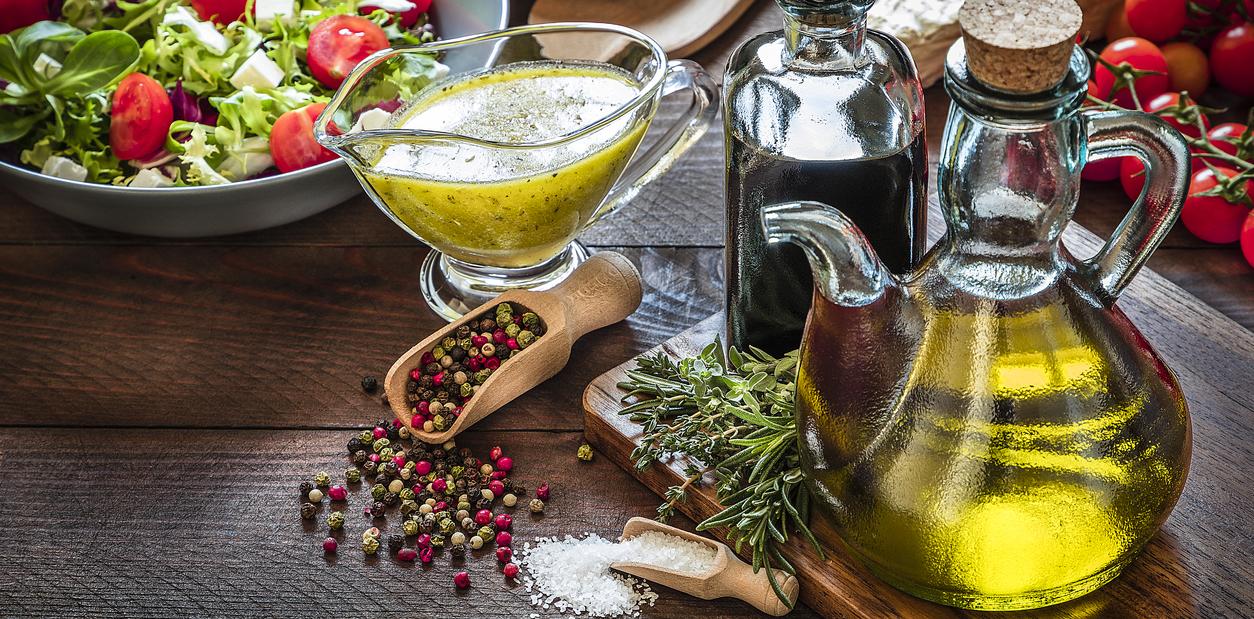

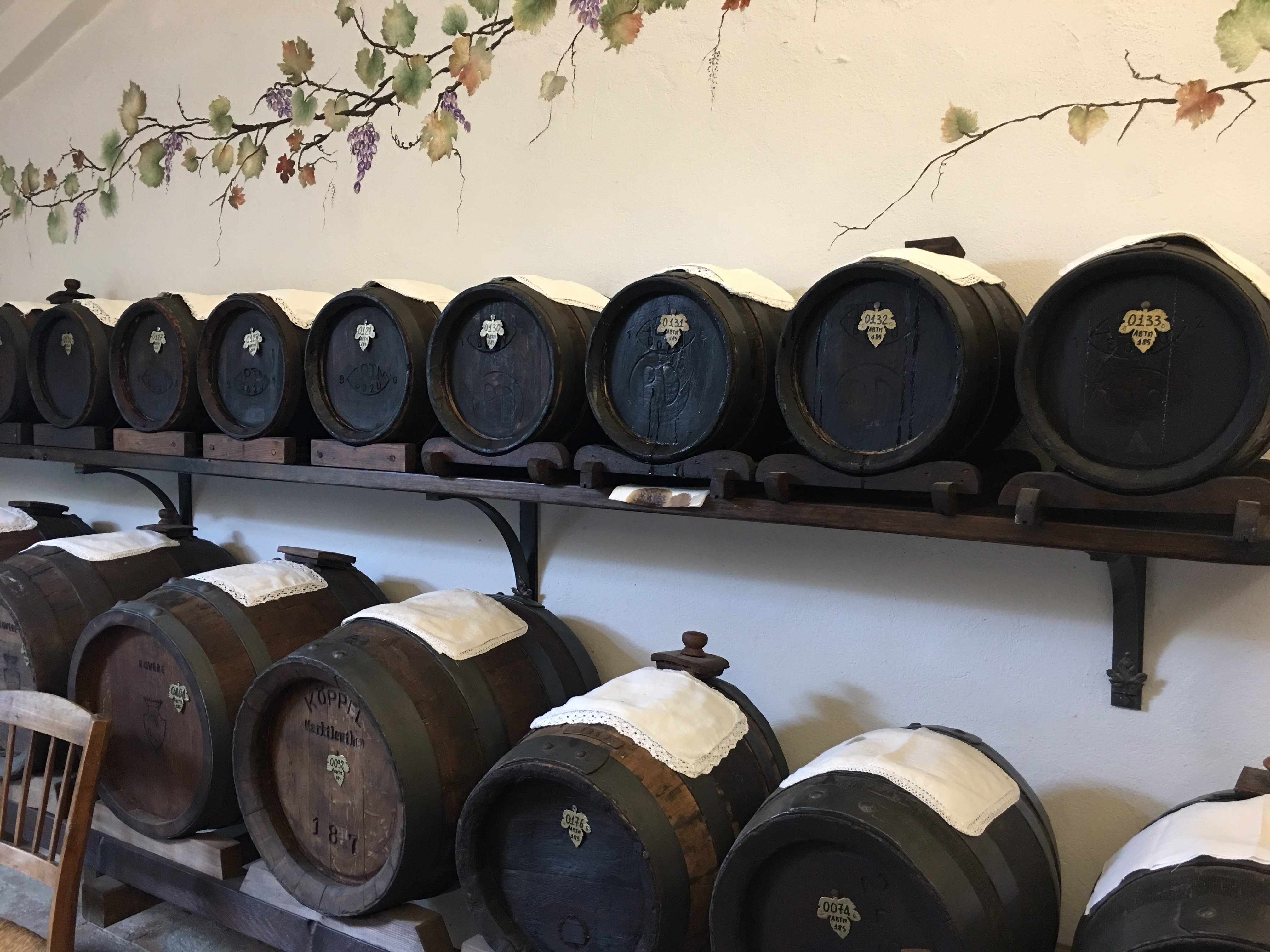
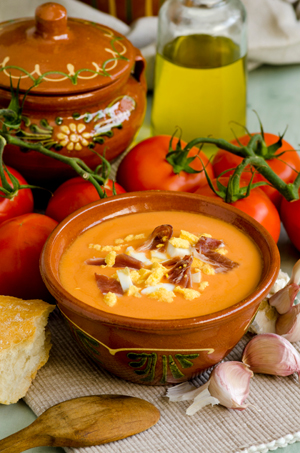
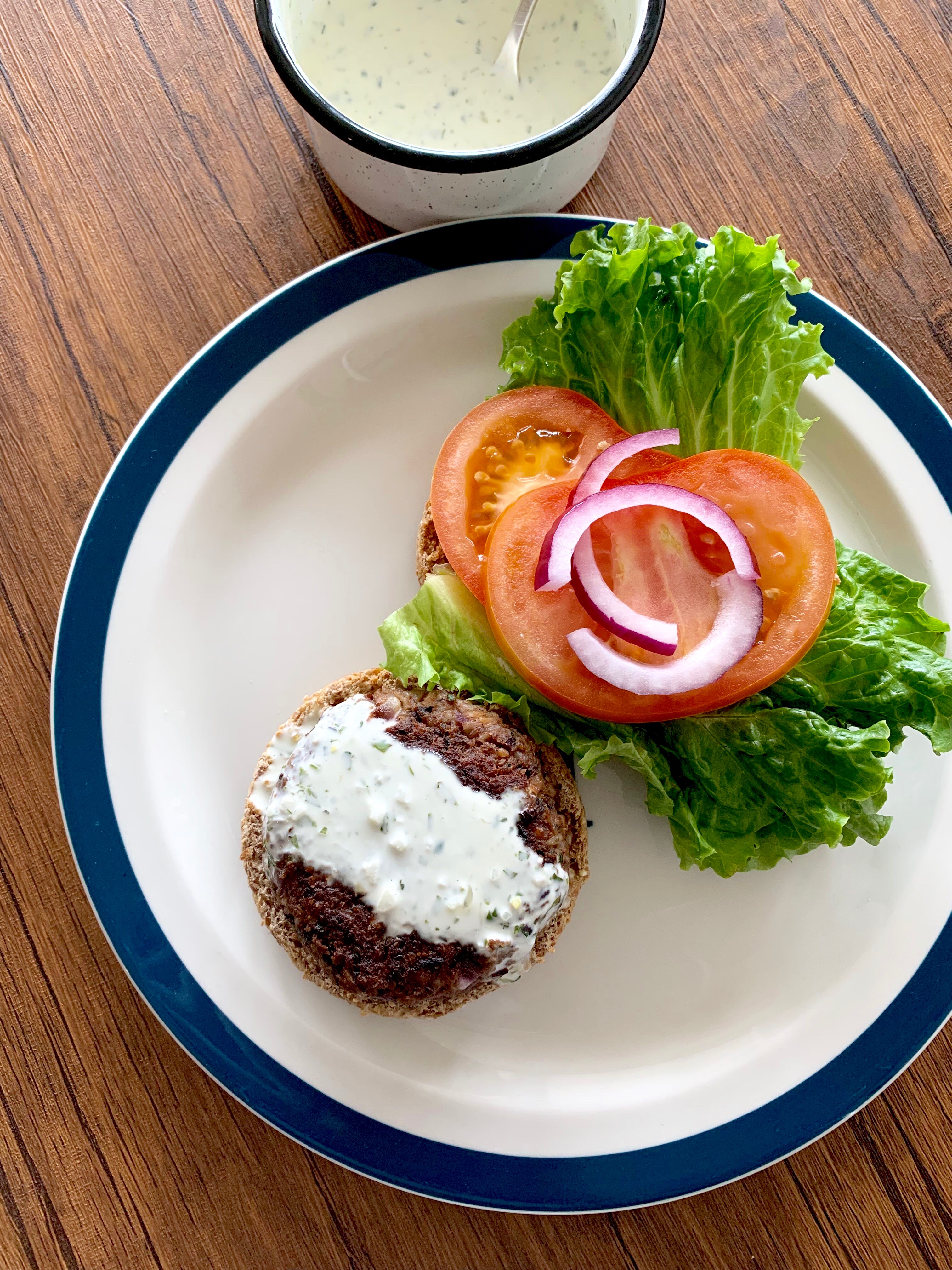
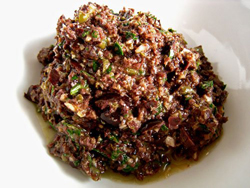
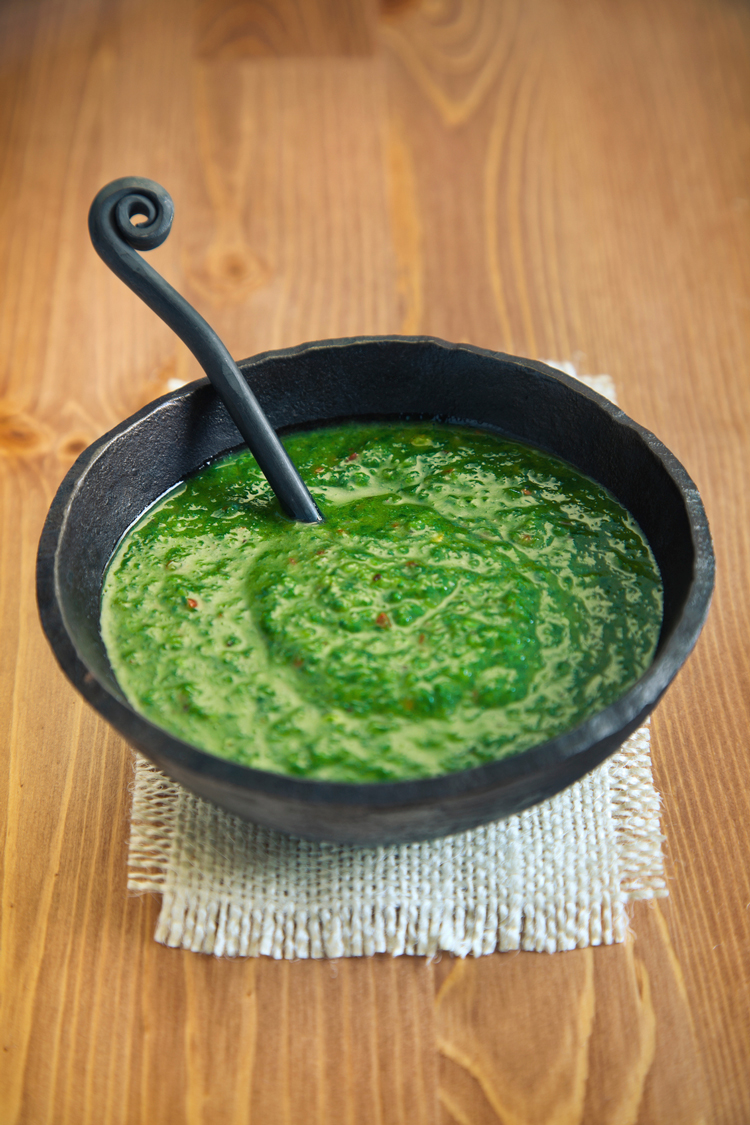


Comments
Add a Comment